Polyphenols, also known as phenolics or polyhydroxyphenols, are phytochemicals which play an important role in maintaining your wellness and health.
There are over 8,000 polyphenol compounds in different plant species.
They protect cells and body chemicals against damage caused by free radicals, that can cause damage to the DNA and cell membranes.
Furthermore, they provide protection against the development of cardiovascular diseases, osteoporosis, cancers, diabetes, and dementia.
Types
- lignans found in nuts, flax seeds (the highest content), and whole-grain cereals.
- flavonoids (include anthocyanidins, flavones, isoflavones, catechins, and chalcones);
- stilbenes found largely in grapes;
- phenolic acids (such as hydroxycinnamic and hydroxybenzoic acids) found in black radish and onions.
Health Benefits
Resveratrol is a powerful antioxidant found naturally in red vegetables and fruits (especially red grapes), that protects your cells from free radical damage, combats cancer, prevents heart disease, and lowers your blood pressure (1).
Green and black teas both have catechins and epicatechins which block DNA damage linked with tobacco and other toxic chemicals.
Moreover, these antioxidants are helpful in mineral absorption and they also have antiviral functions. Lastly, according to some studies, teas from the Camellia sinensis plant may help fight breast and ovarian cancers (2).
Quercetin is a type of antioxidant that’s found in plant foods, including tomatoes, leafy greens, broccoli, and berries, which has been studied to be inversely connected with mortality from coronary heart disease.
More importantly, it is associated with reduced symptoms of rheumatoid arthritis and prostatitis and can stabilize the cells that release histamine (an organic nitrogenous compound) in the body, thereby have an antihistamine effect.
Curcumin is the principal active ingredient in turmeric, a plant that has a very long history of medicinal use. It is known for its pain-reducing characteristics and powerful anti-inflammatory properties.
A study of more than 700 clinical trials involving the relationship between this substance and cancer concluded that curcumin is as effective as prescription medications in treating cancers of the colon, prostate, esophagus, breast, liver, and mouth.
Note – the health effects of polyphenols depend on their bioavailability and on the amount consumed. Research shows that eating food high in these antioxidants from a variety of sources may be more nutritious than limiting ourselves to foods usually found in the Western diet.
Precautions
The intake of large amounts of these substances can stress the kidneys and may also interact with corticosteroids, blood thinners, and aspirin.
Here is a list of the top highest foods in polyphenols:
Fruits
Fruits like grapes, pears, apples, black elderberries, cherries, black chokeberries, strawberries, blueberries, plums, red raspberries, and black currants contain up to 200–300 mg/100 grams.
Seeds
Flaxseeds are the highest food source of lignans with secoisolariciresinol as the major lignan in flaxseeds.
Sunflower seeds are a good source of chlorogenic acid (a phenolic product that is isolated from the leaves and fruits of dicotyledonous plants) that helps to slow down the body’s absorption of fat from your food intake.
Legumes
Legumes (such as chickpeas, lentils, red kidney beans, lima beans, soybeans, climbing bean, adzuki beans, or mung beans) are an important source of carbohydrates and proteins but they are also an important source of antioxidants.
High polyphenol contents have been determined in adzuki bean and lentils and lower contents in dried pea and broad bean.
Wine
Resveratrol is found in the skin of red grapes. Usually, a glass of red wine contains about 100 mg.
Some studies concluded that resveratrol could be strongly associated with a lower risk of blood clotting and inflammation that can ultimately lead to heart disease.
However, too much alcohol intake can have numerous adverse effects on your body and mind. For instance, heavy drinking can contribute to or cause cardiovascular disease, liver damage, and multiple types of cancer.
Long-term alcohol abuse can cause the blood vessels around the pancreas to swell, leading to inflammation of the pancreas (pancreatitis).
Cocoa Powder And Dark Chocolate
Chocolate and cocoa are one of the richest sources of these active substances. It is recommended to choose dark chocolate with at least 60% cacao, preferably 75%.
But adding things (like the fats and milk found in dark chocolate) to cocoa powder may negate the health benefits, thus cocoa is a better choice than chocolate.
Vegetables
Most vegetables have much lower antioxidant concentration than fruits, although red cabbage, beets, and red onion are the highest among vegetables in overall content.
Nuts
The highest content of these substances is found in chestnuts, pecan nuts, walnuts, hazelnuts, pistachios, peanuts, and almonds.
Grains
Cereal grains provide more energy worldwide than any other type of crop.
Diets high in whole grains (such as millet, oats, barley, corn, rye, wheat, barley, rice) are linked with a 20-30 percent reduction in risk of developing type 2 diabetes Mellitus due to its high dietary fiber, minerals, vitamins, and phytochemicals and low in fat.
In the snack category, popcorn (surprisingly) has the highest levels of these powerful substances.
Note – soaking the beans, seeds, nuts, and grains will lower the content of these antioxidants.
Herbs and Spices
The use of spices and herbs has been incredibly important throughout history.
Capers, basil, chives, horseradish, cinnamon, dill weed, rosemary, oregano, sage, parsley, thyme, and tarragon are all high in these antioxidants.
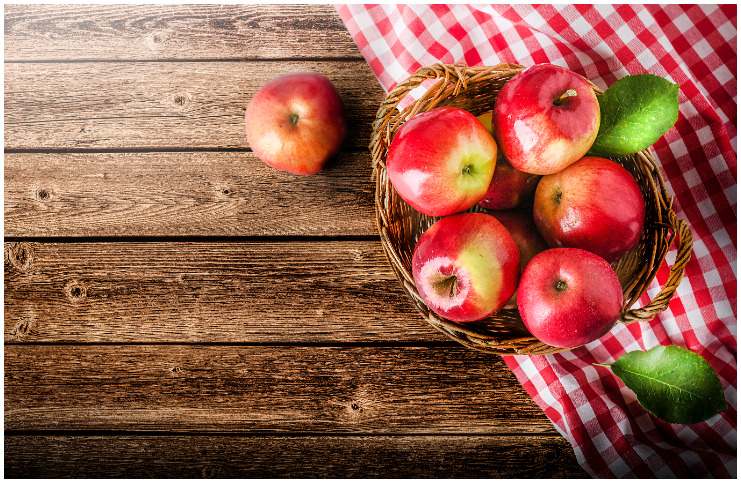
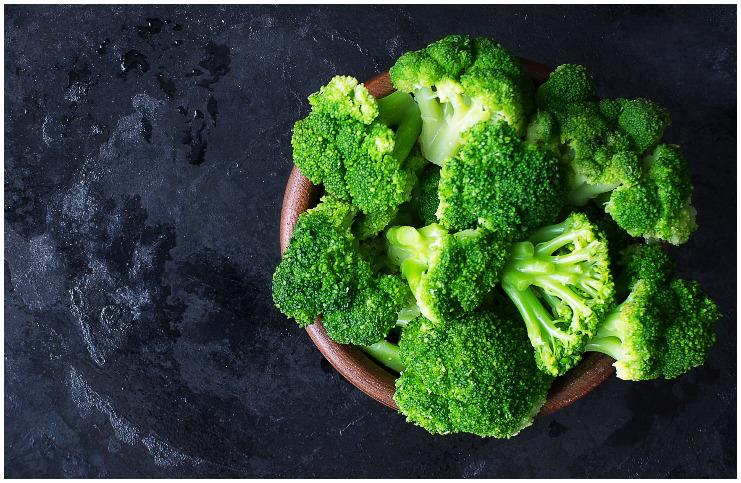
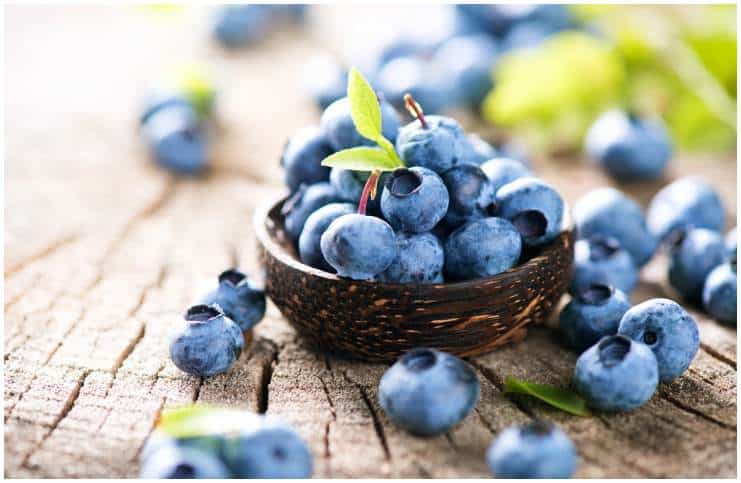
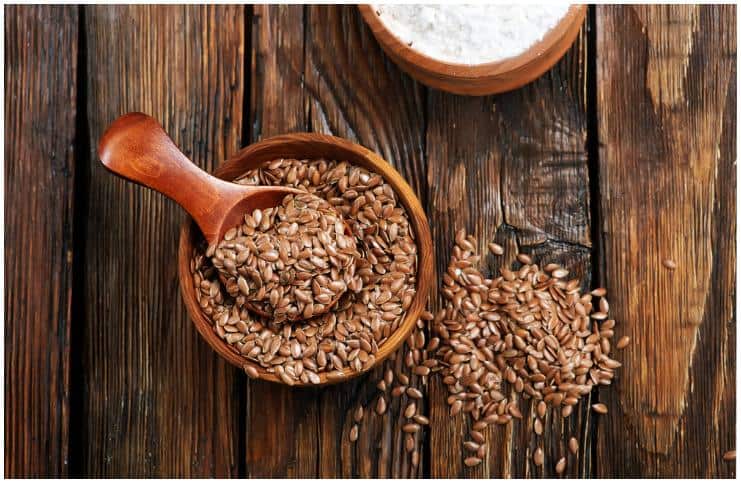
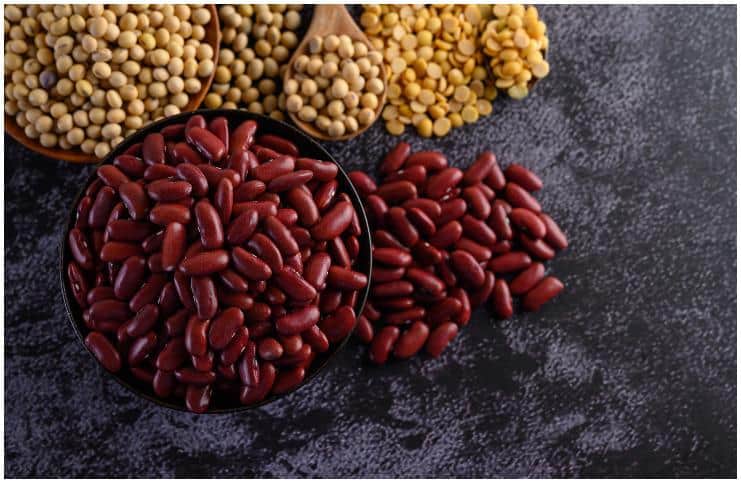

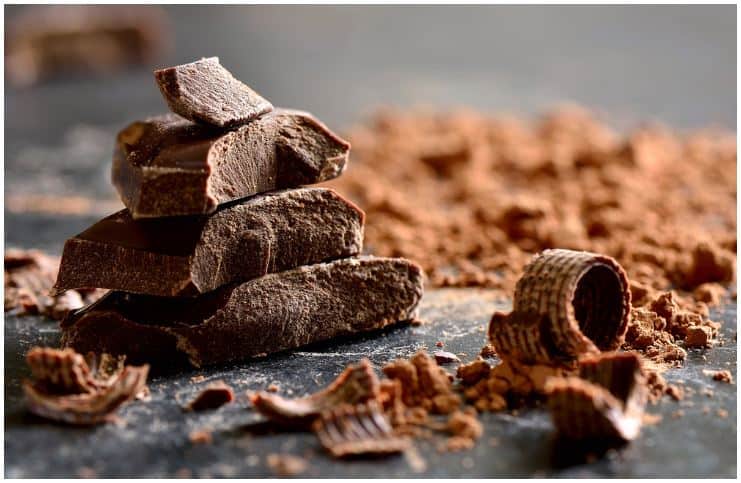

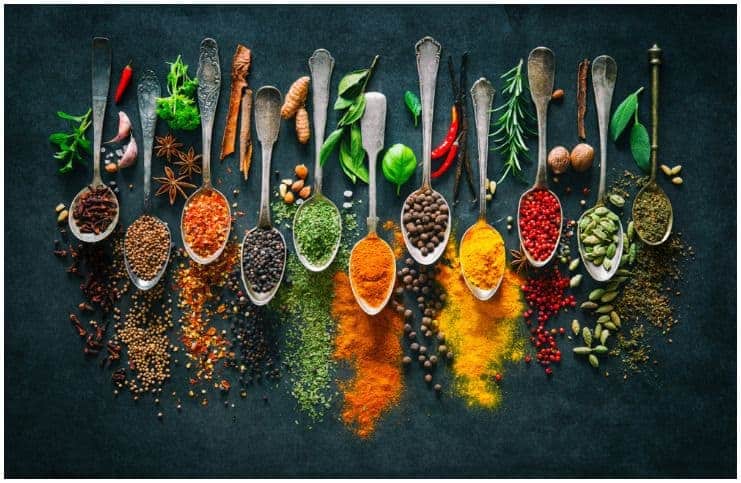
very informative and simply put in plain English – a useful practical shopping list all in one place – thank you.